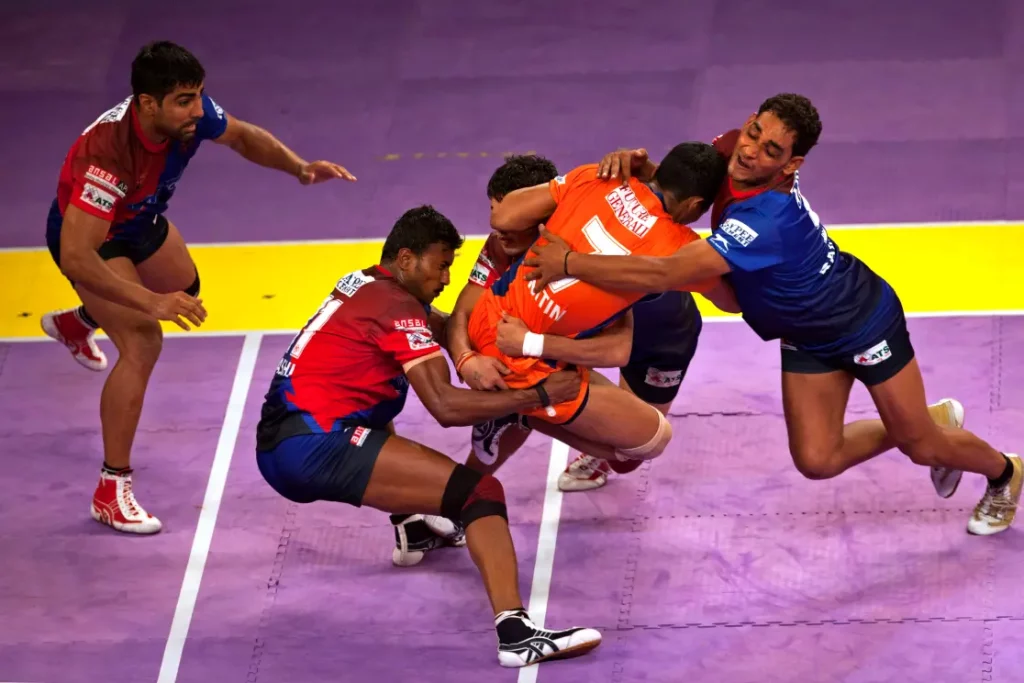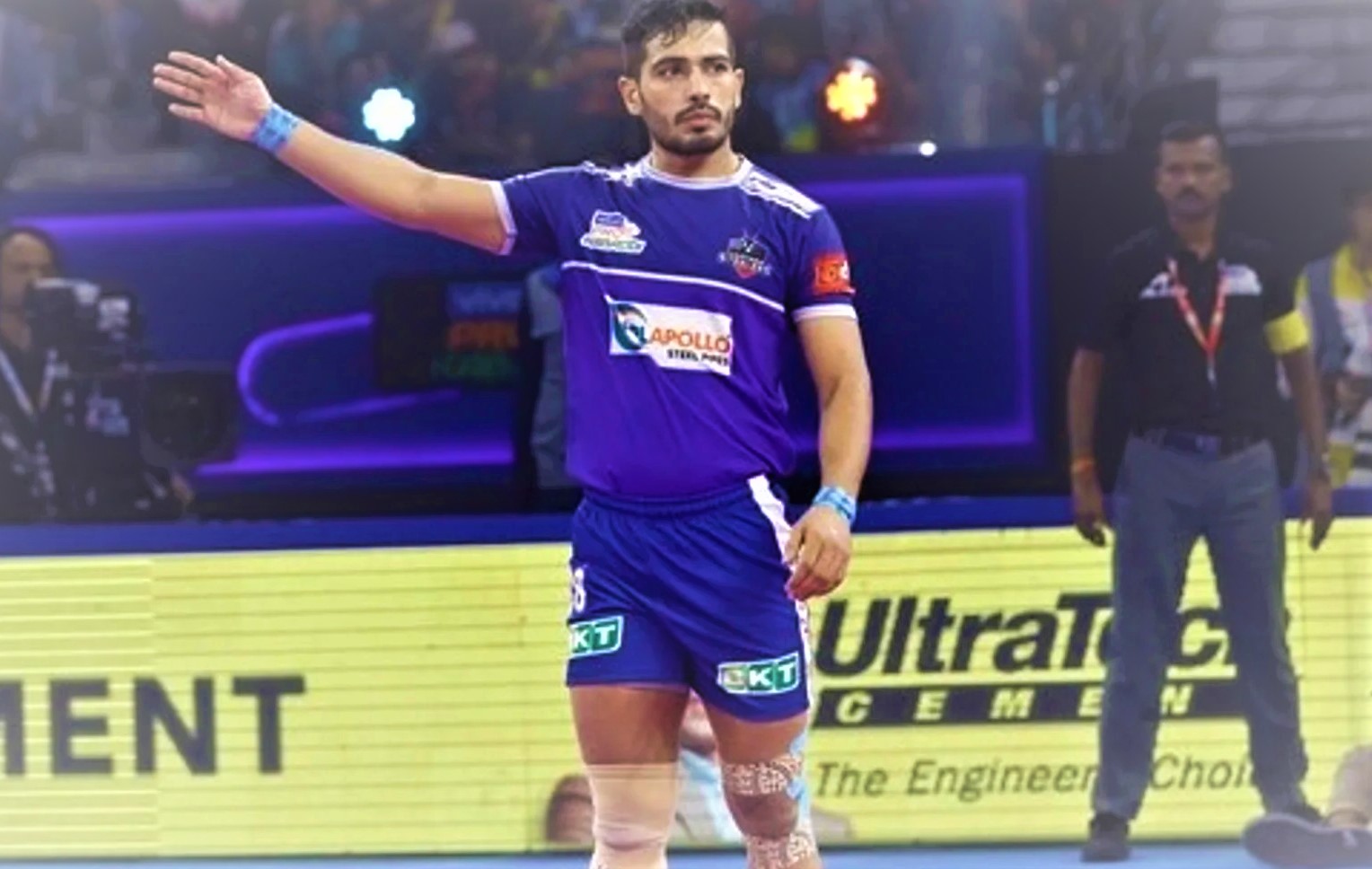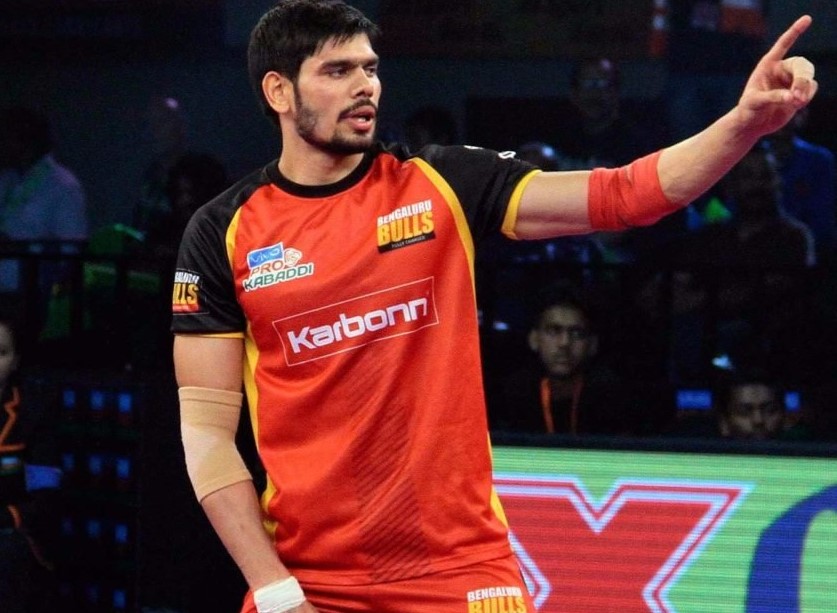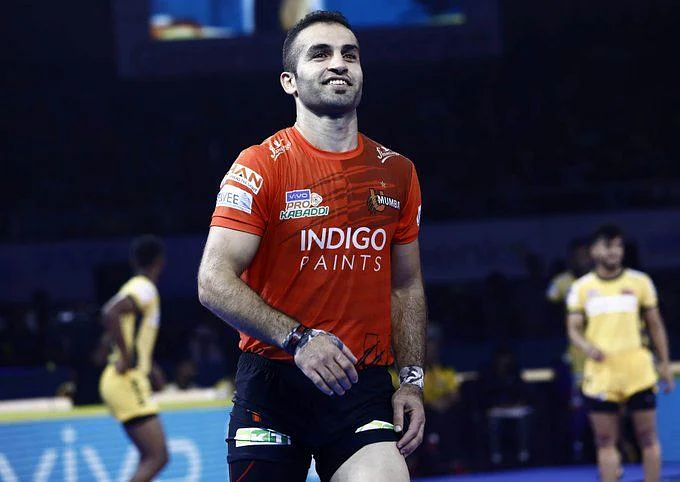Kabaddi History
Kabaddi is fundamentally a confrontational game, with seven players on each side; played for a time of 40 minutes with a 5 minutes break (20-5-20). The center thought of the game is to score focuses by striking into the rival’s court and contacting however many protection players as could reasonably be expected without getting found out on a solitary breath.
One player, reciting Kabaddi!!! Kabaddi!!!! Kabaddi!!!! Rushes into the rival court and attempt to contact the adversary nearest to him, while the seven rivals make moves to get the aggressor. This is Kabaddi, the match of one against seven, known as the round of battle.
The players on edge side are designated “Antis” while the player of the offense is known as the “Bandit”. The assault in Kabaddi is known as a ‘Strike’. The antis contacted by the looter during the assault are proclaimed ‘out’ on the off chance that they don’t prevail with regards to getting the thief before he gets back to home court. These players can continue play just when their side scores focuses against the contrary side during their attacking turn or on the other hand assuming the excess players prevail with regards to getting the adversary’s bandit.
The beginning of the game traces all the way back to pre-notable times played in various structures. The cutting edge Kabaddi match-up was played all over India and a few pieces of South Asia from 1930. The principal known structure of the guidelines of Kabaddi as a native game of India was ready in Maharashtra in the year 1921 for Kabaddi contests on the example of Sanjeevani and Gemini in a joined structure. From there on a board was comprised in the year 1923, which corrected the standards outlined in 1921. The revised standards were applied during the All India Kabaddi Competition coordinated in 1923.
Kabaddi

The All India Kabaddi League was shaped in the year 1950 to take care of the advancement of the game and the Senior Public title began from the year 1952. The new body, Ama¬teur Kabaddi League of India (AKFI) came in to presence from the year 1972 subsidiary to Indian Olympic Affiliation (IOA) so as to advocate the game in India and adjoining nations of Asia. After development of this body, Kabaddi took another shape and Public level contests began for Junior and Sub-junior young men and young ladies too
The first Asian Kabaddi Title was held in the year 1980 and was incorporated as a dem¬onstration game in the ninth Asian Games, New Delhi in the year 1982.
The game was remembered for the South Asian Organization (SAF) games from the year 1984 at Dacca, Bangladesh. Kabaddi was incorporated as a discipline in the eleventh Asian Games Beijing 1990 and India won the solitary Gold Decoration of Kabaddi in the eleventh Asian Games Beijing 1990. India is the defending champ in the succeeding Asian Games held in Hiroshima 1994, Bangkok 1998, and Busan 2002 and as of late at Doha 2006 and made history in Indian games by dominating five continuous Gold decorations in the Asian Matches up until this point.
first World Cup of Kabaddi was coordinated in 2004 at Mumbai (India), India won the First World Cup by beating Iran in quite a while. Yet again the subsequent World Cup was held Panvel (India) in 2007 and India became Champion.
The Principal Asian Ladies Title was held at Hyderabad in 2005 and India won the Gold Decoration. Ladies Kabaddi was remembered interestingly for the South Asian Games held in Colombo, Sri Lanka in 2006.
Without precedent for the historical backdrop of Asian Games a different indoor arena was worked for Kabaddi rivalry and preparing in the fifteenth Asian Games held at Doha [Qatar] 2006. The preparation/heating up courts and fundamental field of play was comprised of puzzle mats of Korean make. The fundamental field of play was furnished with a goliath public screen, which showed replays and the running score. Two ‘Tissot’ plasma scoreboards, data terminals for the show team, the service group and the media were given.
The fifteenth Asian Games Doha gave an astounding an open door to grandstand Kabaddi to the Europeans and Australians who were in extraordinary numbers in coordinating the Asian Games. A decent numerous spec¬tators having a place with European nations, USA, Australia, Western Asia, and the Mediterranean nations, who saw the Game interestingly, were exceptionally dazzled with the basic principles and the excitement of the game and wanted to present the game in their nations. This has given Kabaddi generally excellent and positive openness for its future advancement in the mainlands of Europe, USA, Australia and Africa.
Kabaddi was remembered for the second Asian Indoor games held at Macau from 25th October to third November 2007. By and by India Won the Gold Decoration. Kabaddi Men and Ladies both was remembered for first Asian Ocean side Games being facilitated by Indonesia in 2008 at Bali, India Won Both the Gold Awards of Men and Ladies Occasions.
Rules of Kabaddi
- Each group will comprise of something like 12 players with simply 7 taking to the field at any one time.
- Due to the actual idea of Kabaddi, matches are classified in age and weight classifications.
- There are six authorities caring for each Kabaddi match. The authorities include an official, a scorer, two partner scorers and two umpires.
- The term of the coordinate is two parts of 20 minutes with a half time break of 5 minutes.
- Toward the beginning of a Kabaddi match, there is a coin throw with the champ having the decision regarding regardless of whether to have the primary strike. In the last part of the match, the group that didn’t strike initially will start the final part with an attack.
- To win a moment that striking, the looter should calmly inhale and run into the resistance’s half and label at least one individuals from the rival group and afterward return to their own portion of the pitch prior to breathing in once more.
- To demonstrate that another breath hasn’t been taken, the rider should proceed to holler the word ‘Kabaddi more than once’. Inability to do this, in any event, for one minute implies that the rider should get back to their own side of the court without focuses and the contrary group is granted a point for an effective safeguard play.
- The group being assaulted is guarding, and the players should keep the bandits from labeling them and returning back over the midway line. While in safeguard, a group might score a point by effectively forestalling the marauder getting back to their own half in the wake of labeling them. Marauders may just be snatched by their appendages or middle, not by their hair, garments or elsewhere, and safeguards are not allowed to cross the middle line.
- Each group will alternate in assaulting and safeguarding. Following halftime, the two groups switch sides of the court and the group who protected first in the main half start the last part by striking.
- The game go on in this manner until the time is up, the group with the most focuses toward the finish of the match is pronounced the victor.




